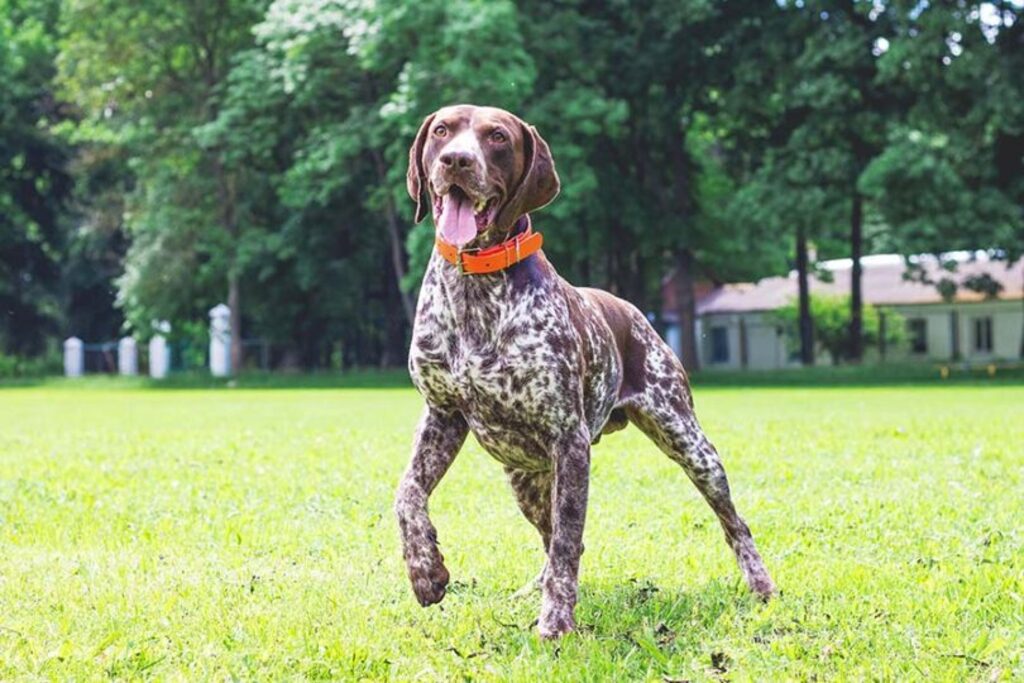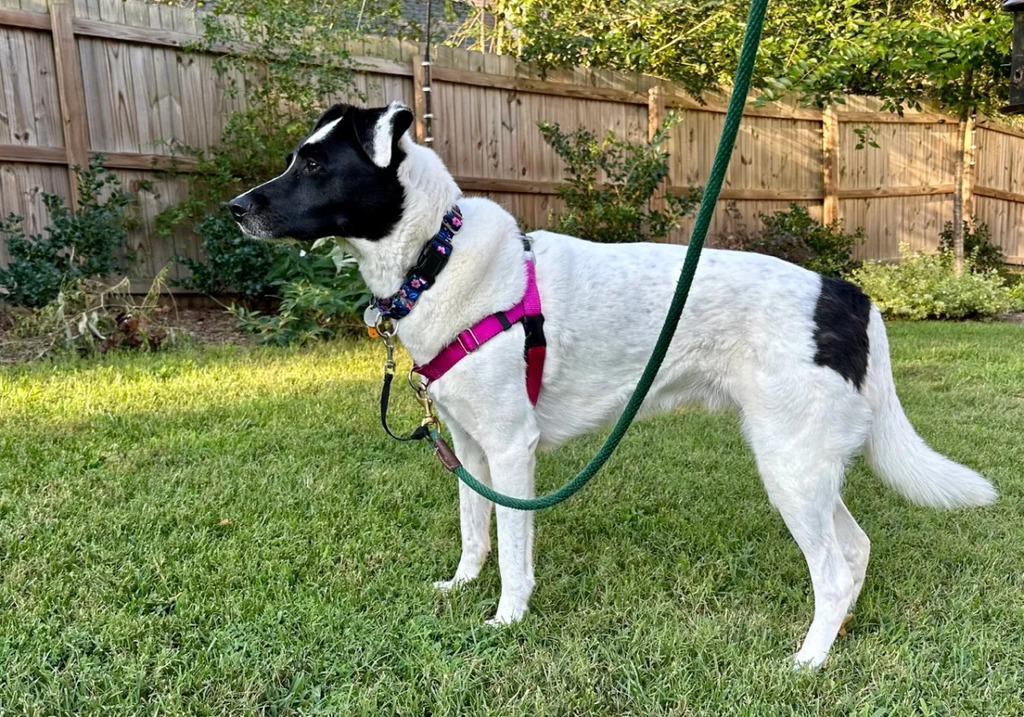
Perimeter or containment collars utilize stimulation paired with audible tones to establish virtual boundary lines. They empower pets to roam freely within wireless “fences” using humane deterrents instead of physical restraints like tie-outs or underground wires.
But are these dog perimeter collars the right solution for every backyard or canine breed? Assess the notable advantages along with factors requiring prudent consideration.
Pros of Utilizing Perimeter Collars

When properly introduced and implemented, virtual boundary collars offer pet owners flexibility with safeguarding benefits:
Freedom of Movement
Unlike single-spot tethers, collars allow dogs to freely explore the full breadth of designated areas for enriched living.
Adjustable Boundaries
Unlike permanent fences, virtual lines dynamically adapt to landscape changes or trips away, customized to each pet.
Reduced Escape Risk
Rather than burrowing under or leaping over barriers, deterrents curb wandering stray urges proactively.
Prevents Threats
Boundaries keep adventurers safely away from environmental hazards like busy roads.
Low Maintenance
No repairs are needed for worn posts, digging holes, or gate latch failures.
Cons to Weigh About Dog Perimeter Collars

While advantages abound, consider whether personalities, sensitivities, and contexts make systems suitable.
Pet Dispositions
Timid, nervous, or reactive pets may associate stimulation with location rather than behavior, which is a concern for invisible fence installation.
Small Dog Limitations
The size difference makes consistently deterring small, fast toy breeds more unreliable. Additional precautions would be necessary.
Electronic Operability Limitations
Occasional wireless disruption or battery outages could briefly suspend the perimeter barrier security.
User Error Risks
Improper use like leaving pets out too long unattended or utilizing overly high corrections can harm trust.
Breeding & Birthing Concerns
The stress could disturb dams caring for litters or weenies not yet hardy enough for introductions.
Informed Collar Selection Guidelines
Investing in perimeter containment technology carries significant ethical obligations to prioritize animal welfare in all decision-making. Follow these key guidelines:
- Research top-performing wireless fence brands with excellent safety reputations for quality construction and responsiveness tailored to breed sensitivities.
- Ensure systems have adjustable, humane correction levels capped at harmless intensities with overflow cutoffs preventing misuse or errors.
- Understand sensitivity variations in pain tolerance thresholds based on dog size, weight density, and pain receptors concentrated in the neck region. Size collars accordingly with expert guidance.
- Commit to gradual acclimation protocols using more positive reinforcement incentives over utilizing corrections other than last-resort warnings.
- Have realistic Plan B contingency preparations in place for pets exhibiting distress like adding visual barriers or removing access. Make adjustments to set dogs up for success.
With diligent welfare safeguarding guiding selection and introduction, perimeter systems grant dogs liberty to sniff, run, and play freely under caretaker supervision. But staying ever vigilant to pet feedback is key.
Best Practice Protocols

Follow these protocols for introducing and using perimeter collars:
- Establish a small initial boundary area close to the home
- Supervise periods outdoors early on when adjusting
- Use audible and visual warning cues before corrections
- Reward and reinforce for retreating from boundaries
- Progressively expand the area after habituation occurs
- Frequently check status lights and battery levels
- Remove during extreme weather or for lengthy alone times
- Seek trainer guidance managing specific trouble behaviors
Correct application minimizes undue risk while optimizing effectiveness. But also know your options should systems fail certain dogs, replacing them with alternative methods.
Supplementing Systems With Training
While technology handles reinforcing location limits, trained behaviors strengthen accountability. Rigorous obedience work helps dogs regulate impulses, think clearly amid distraction, and obey household rules. Core skills to instill include:
Impulse Control Games
Mastering self-regulation reduces spontaneous urges to give chase or bolt out of boundaries. Apply “wait” cues before opening doors, crossing streets, or grabbing toys. Start small, rewarding patience before releasing the next action.
Emergency Stop Cues
A reliable “freeze” or “look” command applies the brakes on dead-set determination to reach an environmental stimulus like squirrels. Use a unique sharp sound to get their attention to halt any agenda. Reinforce immediate response to this override above other desires.
Boundary Games
Clarify perimeter permissions with games rewarded for waiting calmly at threshold lines until directed further by an allowed cue like “okay” to venture out. Play identifiable sounds or cues like bell rings when crossing over as markers.
Blending conditioned training with smart technology provides both proactive warnings at the boundary coupled with resilient obedience skills to throttle down impulses. This builds accountability.
Weighing Unique Situations
Consider lifestyle factors below according to breed traits when judging collar suitability:
Best Suited For Systems
- Single-family suburban homes on medium lots
- Adult low to medium-energy-level dogs
- Breeds with no major avoidance issues
- Owners often home to reinforce
May Not Always Work
- Tiny or delicate breeds under 10 pounds
- Nervy, reactive, or easily stressed dogs
- Fast and enduring runner breeds
- Owners away for long hours routinely
- Distraction-heavy environments
Assess circumstances honestly. If a poor fit exists, better alternatives prevent undue harm.
Closing Thoughts
Dog perimeter collars offer a high-tech solution to containment, providing flexibility, cost savings, and freedom for canines. However, the potential drawbacks, including the risk of stress, training challenges, and ethical concerns, necessitate a thoughtful consideration of whether this method aligns with the best interests of your pet and your situation. By carefully evaluating the pros and cons and possibly seeking professional guidance, pup owners can make an informed decision that ensures the safety and happiness of their beloved dogs.
Explore Further:











